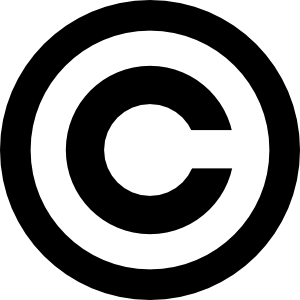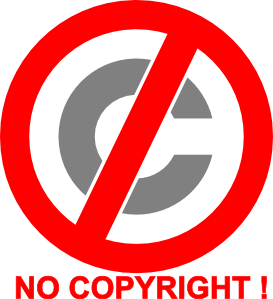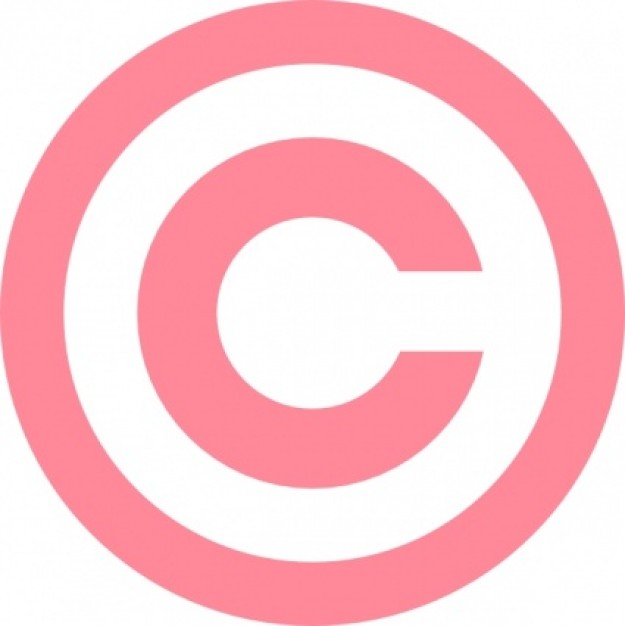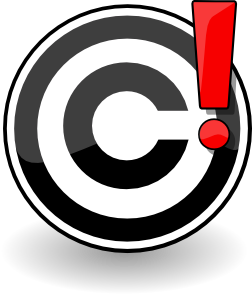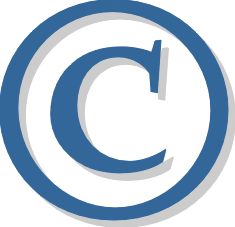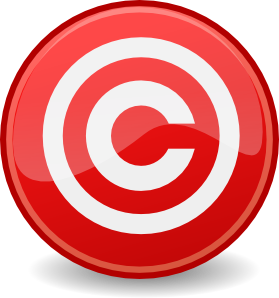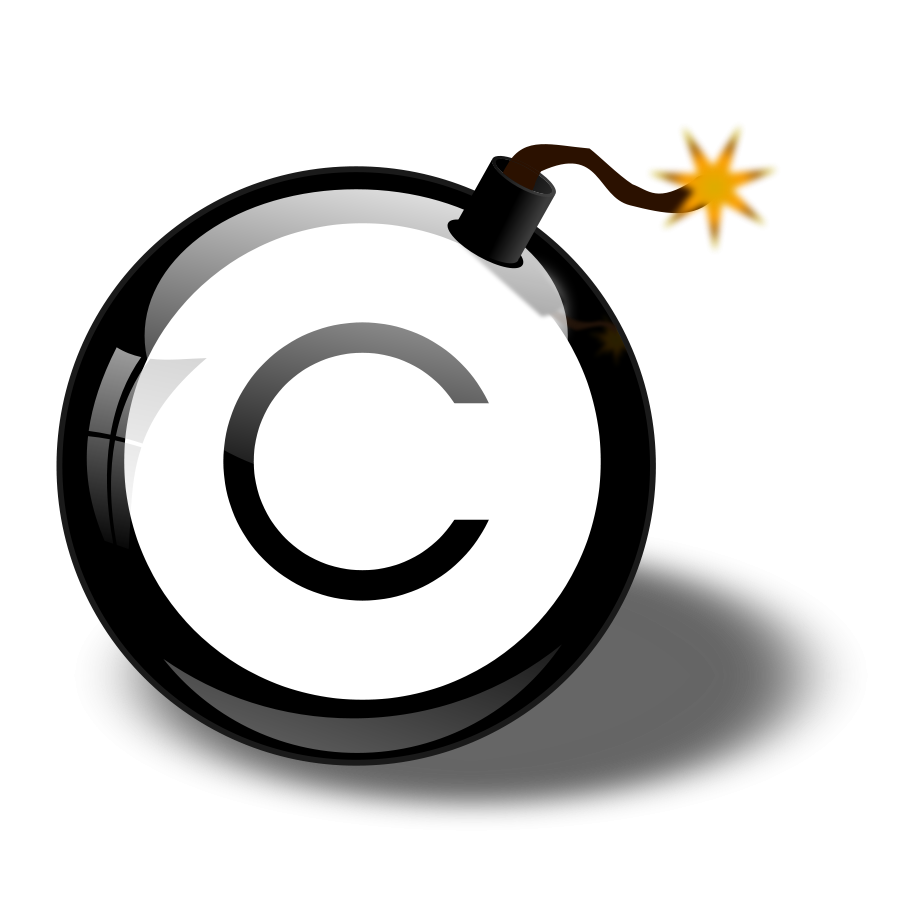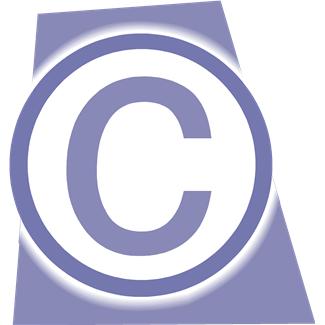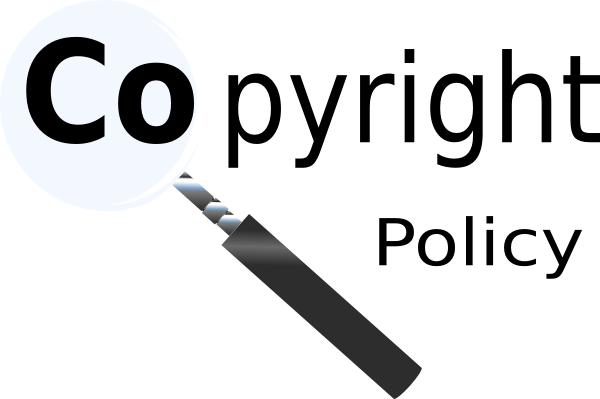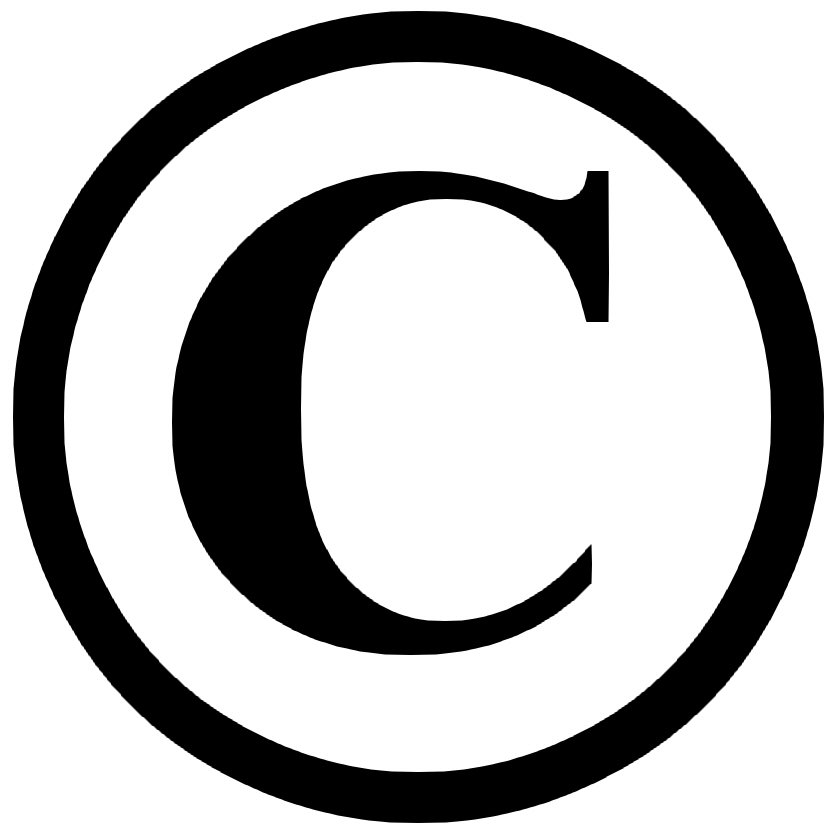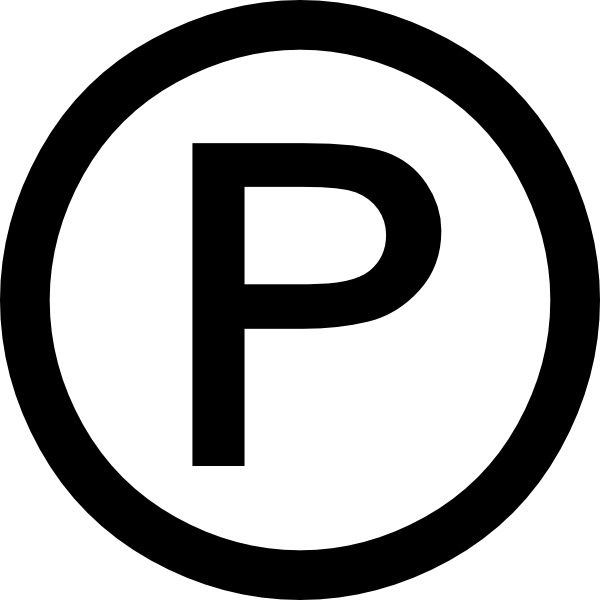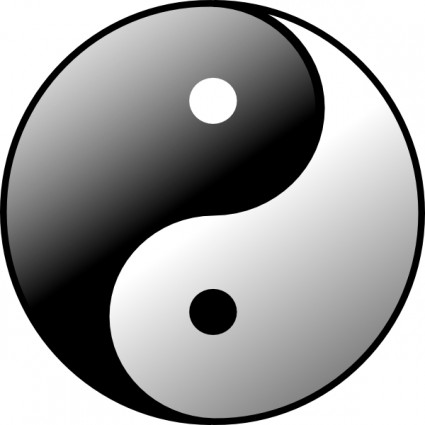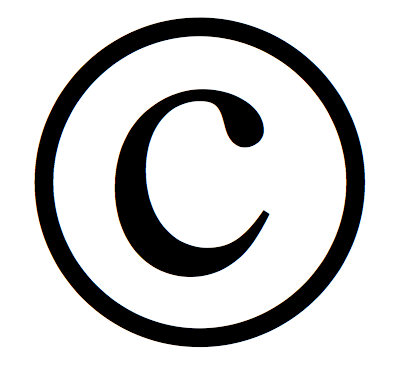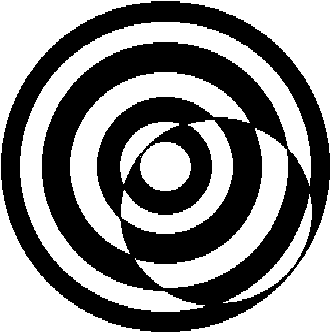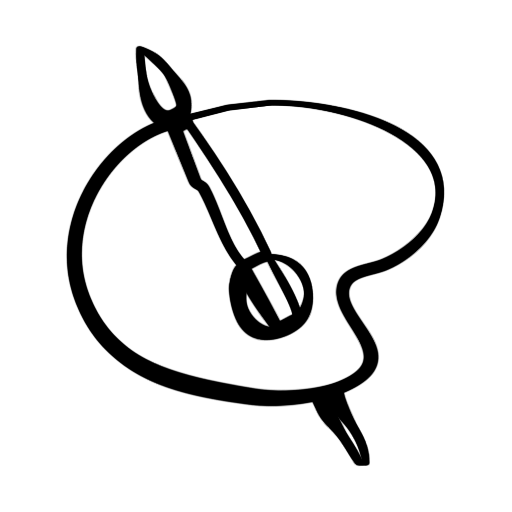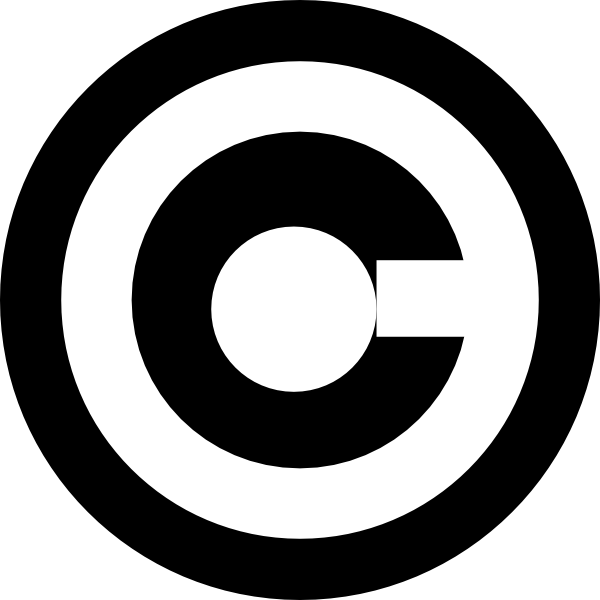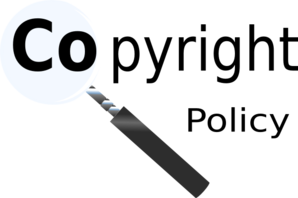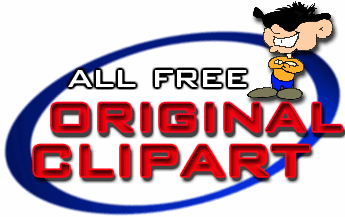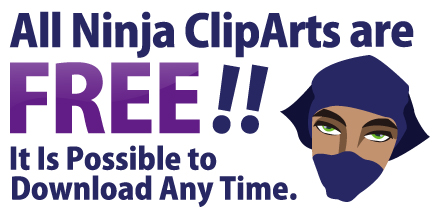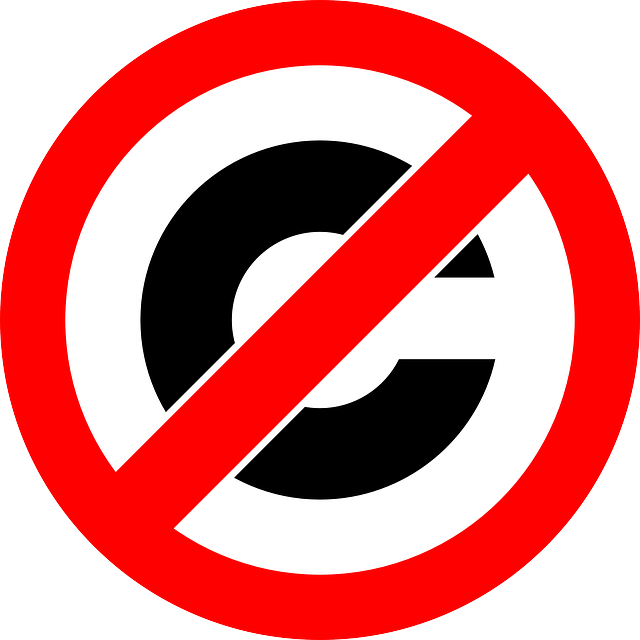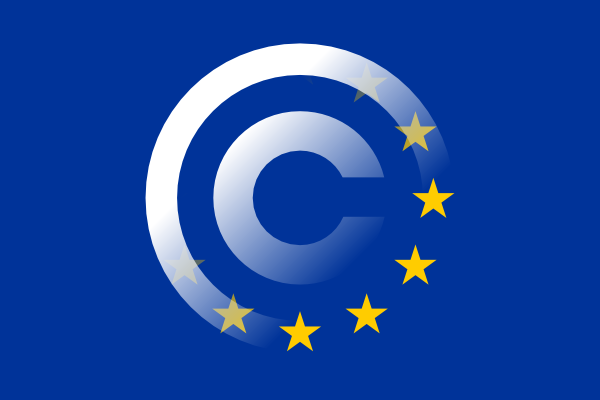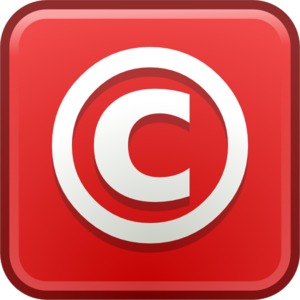Copyright Clip Art
Copyright is the legal protection granted to creators and owners of original works falling under domains like literature, music, art, software, and more. It gives the copyright holder specific exclusive rights on reproduction, distribution, public display and derivation of their intellectual property for a limited duration. Works become copyright protected as soon as they are fixed in a tangible medium without requiring official registration.
Types of Works Covered Under Copyright
Copyright law recognizes various categories of creative works:
- Literary Works – Books, poems, articles, manuscripts, computer code and databases
- Dramatic Works – Plays, screenplays, scripts and choreography
- Musical Works – Songs, advertising jingles, film scores and lyrics
- Artistic Works – Paintings, photographs, sculpture, architecture, technical drawings and illustrations
- Audiovisual Works – Movies, TV shows, branded entertainment videos
- Sound Recordings – Recorded song and speech audio
- Software – Computer applications, interfaces, and programming code
Acquiring a Copyright
A creative work is subject to copyright when it is fixed in a tangible form like writing or recording. Formal procedures like registration with authorities cement copyright claims but are not mandatory. As authors create qualifying works like books or art automatically gain copyright over them.
Registration through national agencies like US Copyright Office serves to create a public record of ownership facilitating enforcement and remedies for infringement.
Exclusive Rights Under Copyright Law
Copyright confers certain exclusive rights to authors and creators:
- Reproduce – Make copies in any material form including electronic media, 3D printing
- Distribute – Sell, rent, lease, lend or give copies to the public
- Derivative Works – Modify into adaptations like movies based on books
- Public Display – Show individual images/copies at accessible venues
- Public Performance – Perform literature/music or screen movies publicly
Violating the above rights requires explicit permission.
Fair Use Doctrine
Fair use is allowed use of copyrighted works without permission for purposes like commentary, parody, news reporting, research and scholarship. Evaluating fair use depends on:
- Nature and purpose of usage – Non-profit vs commercial
- Type of work used
- Amount used
- Effect on copyright owner’s profits
Copyright Infringement
Usage violating exclusive rights without qualifying as fair use or getting authorization is copyright infringement. Remedies include financial damages covering actual loss plus restitution. Willful large-scale infringement can entail criminal charges.
Copyright Duration
In the United States, copyright lasts for the lifetime of the creator plus 70 years. Unpublished works enjoy 120 years of protection from creation. For works under corporate ownership, copyright persists for 95 years publication or 120 years from creation.
Copyright Protection for Clip Art and Stock Media
Widespread Usage of Clip Art
Clip art refers to collections of images, illustrations and animations used to communicate messages and decorate documents and projects. Stock media like photography similarly offer ready-made visual elements. Their easy availability through online catalogs aids diverse applications like:
- Business presentations
- Graphic design projects
- Print and digital advertising
- Websites and app interfaces
- Crafts and event displays
Licensing Usage Rights
While facilitating instantly customizable graphics, clip art assets purchased from stock catalogs come under copyright like other media. Specific licenses bought by customers regulate certain usage rights. Key licensing models include:
- Royalty-free – Single flat rate payment allows unlimited usage in multiple projects.
- Rights-managed – More expensive license limited to fixed number of prints/displays.
Checking Copyright Status
Using clip art legally requires double checking inclusion of copyright metadata like owner, permitted uses and attribution requirements. Relevant verification methods involve:
- Studying documentation files accompanying asset downloads
- Examining watermarks digitally embedded in image properties
- Contacting image providers directly
- Searching copyright office registries for claimed media
Following best practices on licensed media usage keeps creative projects legally compliant and intellectually honest regarding source creators.
Copyright law preserves creator rights while fostering cultural progress through encouraging new works. Understanding copyright principles allows thoughtful handling of our shared intellectual heritage, especially ubiquitous modern artifacts like clip art propelling communication design.
In this page clipartix present 30 copyright clipart images free for designing activities. Lets download Copyright Clip Art that you want to use for works or personal uses.
